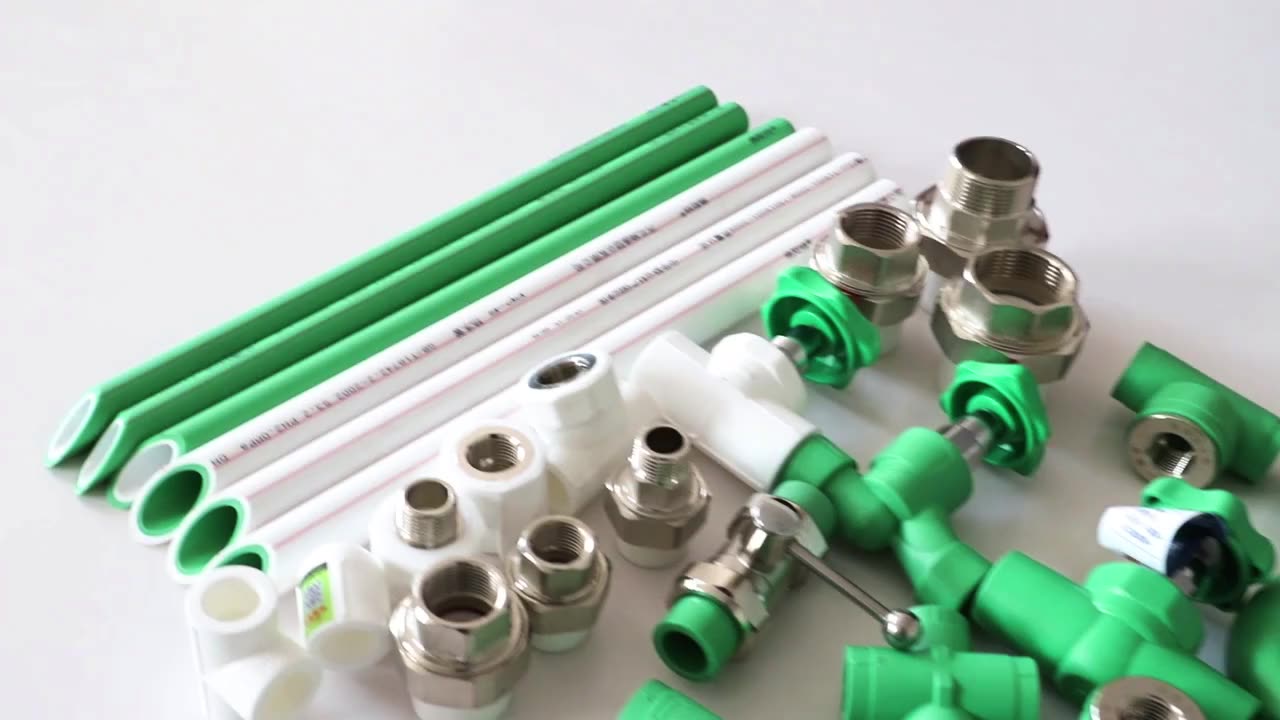
Introduction
In the realm of plumbing solutions, Polypropylene Random Copolymer (PPR) pipes have emerged as a preferred choice for their durability, versatility, and eco-friendliness. PPR pipes are widely used in residential, commercial, and industrial applications due to their ability to withstand high temperatures and pressures while offering excellent corrosion resistance. This article explores some of the leading PPR pipe manufacturers, their innovations, and the dynamics shaping the industry.
- Innovation in Material Composition
PPR pipe manufacturers continuously innovate in material composition to enhance performance and durability. Traditionally made from a blend of random copolymers of polypropylene, recent advancements focus on enhancing heat resistance, flexibility, and environmental sustainability. Manufacturers are investing in research to develop PPR pipes with improved impact strength and reduced environmental impact, aiming for products that meet stringent regulatory standards worldwide.
- Advanced Manufacturing Techniques
Modern PPR pipe manufacturing integrates advanced techniques such as extrusion and injection molding to ensure consistent product quality and dimensional accuracy. Extrusion processes allow manufacturers to produce PPR pipes in various sizes and configurations, catering to diverse plumbing requirements. Injection molding, on the other hand, enables the production of fittings and accessories that seamlessly integrate with PPR piping systems, ensuring leak-proof installations and long-term reliability.
- Global Market Dynamics
The global market for PPR pipes is influenced by factors such as urbanization, infrastructure development, and regulatory standards. Leading manufacturers operate on a global scale, leveraging economies of scale and regional distribution networks to meet demand efficiently. Regional variations in building codes and environmental regulations drive manufacturers to adapt their product offerings and manufacturing processes accordingly, ensuring compliance and market competitiveness.
- Sustainability Initiatives and Future Trends
PPR pipe manufacturers are increasingly focusing on sustainability initiatives, integrating recycled materials and adopting energy-efficient manufacturing practices. Sustainable PPR pipes not only reduce carbon footprint but also appeal to environmentally conscious consumers and project developers. Looking ahead, future trends in the industry include the development of smart PPR piping systems with embedded sensors for real-time monitoring of water quality and flow, enhancing operational efficiency and maintenance practices.
Conclusion
In conclusion, the landscape of PPR pipe manufacturing is characterized by innovation, advanced manufacturing techniques, global market dynamics, and a growing emphasis on sustainability. Leading manufacturers continue to push the boundaries of material science and engineering, ensuring that PPR pipes remain at the forefront of plumbing solutions worldwide. As demand for durable, reliable, and environmentally friendly piping systems grows, so too does the importance of industry leadership and technological innovation among PPR pipe manufacturers.
This structure provides a comprehensive overview of PPR pipe manufacturers, covering key aspects of innovation, manufacturing techniques, market dynamics, and sustainability initiatives. If you need further adjustments or additional details, feel free to let me know!
